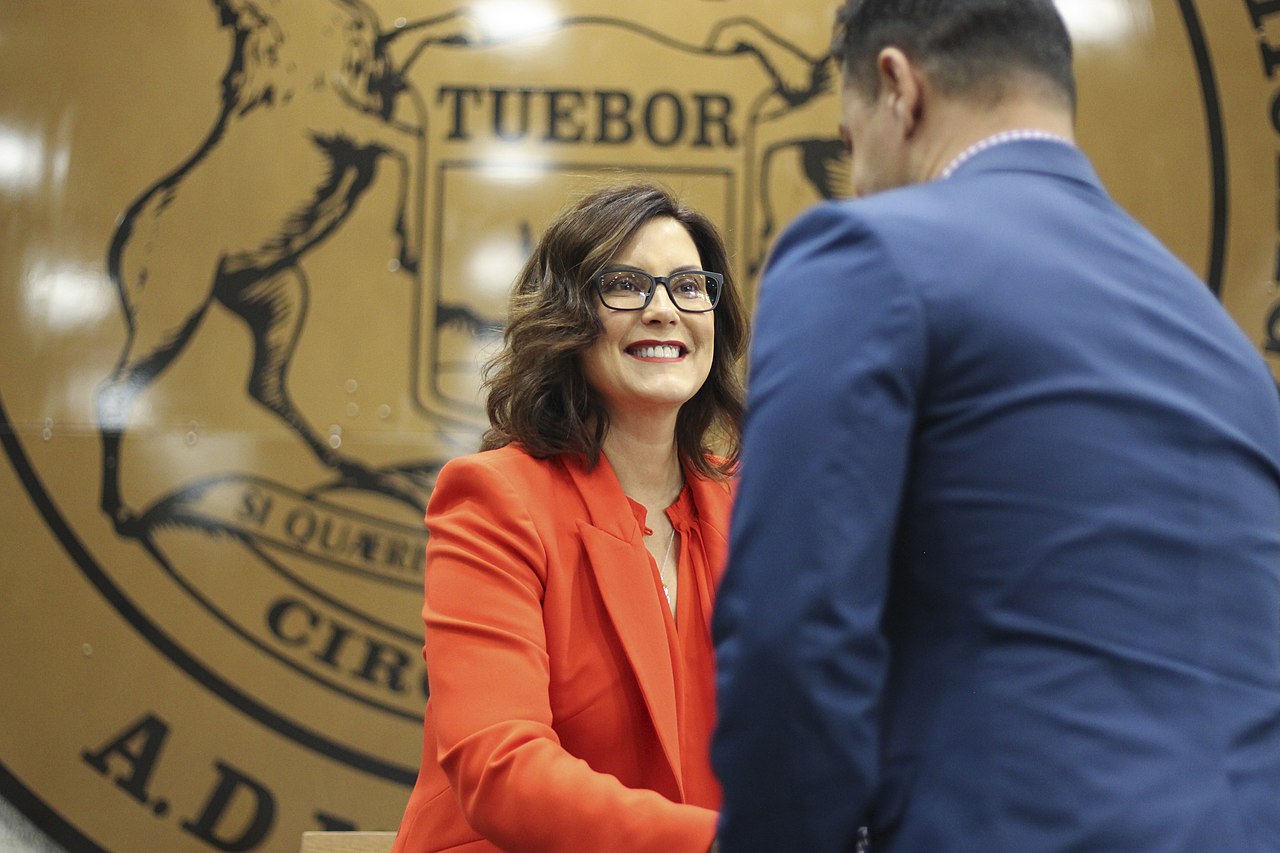Michigan Reconnect Program

In the 1950s, many colleges and universities did not charge tuition to students. Today, not only do they pay tuition rates that have risen enormously over several decades, but approximately 44 million have federal student loans and the national student debt is more than $1.7 trillion. The reason the nation’s public colleges and universities have continually increased college tuition and fee rates is because conservative politicians decided that a college education primarily benefits students and they, not the government, should pay for it. A college education was redefined from a social good to a private good. In recent years, however, the Free College Tuition Movement has begun to turn this conservative trend around.
In 2015, President Barrack Obama announced America’s College Program and suggested supplemental federal funding for community colleges to provide a tuition free education to students. In 2016, presidential candidate Bernie Sanders made free college tuition and the cancellation of student debt key themes of his campaign. Today, many states are providing a free community college education to their residents if they meet certain criteria. The rationale underlying the steps by the different threads of the Movement is usually couched in meeting the skilled labor needs of the economy. Michigan is no exception.
Some say the Movement has its roots in the Kalamazoo Promise, a privately funded scholarship program established in 2005 that offered to pay college tuition and fees at any public college or university in Michigan for high school graduates of the Kalamazoo Public Schools. By 2018, more than 2000 Promise programs had been established across the country, some by private funds and others with state support. Several have been established in cities across Michigan.
In 2019, Governor Gretchen Whitmer announced her Sixty by 30 proposal to increase by 2030 the number of Michigan residents 25 years of age and older with postsecondary certifications or degrees to 60%. In 2018, the figure for the U.S. for persons 25 through 64 years of age with any postsecondary degree was 47.4%, ranking below Korea, Japan, and Canada, which had the highest figure (57.9%). Regarding type of degree, Bachelor’s degrees are the most conferred in the U.S., usually at twice the rate of Associate’s degrees in the U.S. Further, degree attainment differs by gender and ethno-racial groups. More women than men are earning degrees, and White Americans make up the overwhelming majority of persons with degrees.

In April 2020, the Michigan legislature passed the Michigan Reconnect Grant Act, which expands access to a community college education to individuals 25 years of age and older who meet eligibility criteria and are looking to earn a certificate in the skilled trades area or an Associate’s degree. In September 2020, Governor Whitmer launched the Futures for Frontliners program to provide essential, frontline workers the opportunity to earn a community college education free of tuition. She allocated $24 million from CARES Act funds for the program.
With support from the Promise programs, the Frontliners program, and Michigan’s Reconnect Program millions of Michigan residents who meet the eligibility criteria can now attend a college or university without having to pay tuition and fees; that’s likely more than 50% of the state’s population. The Reconnect Program also provides a one-time grant of $1,500 through the Skills Scholarship program to those enrolled in an approved training program. By August of this year, there were nearly 80 thousand Reconnect applicants. Both the Promise and the Michigan programs need to ensure that the gaps among ethno-racial groups are addressed.
